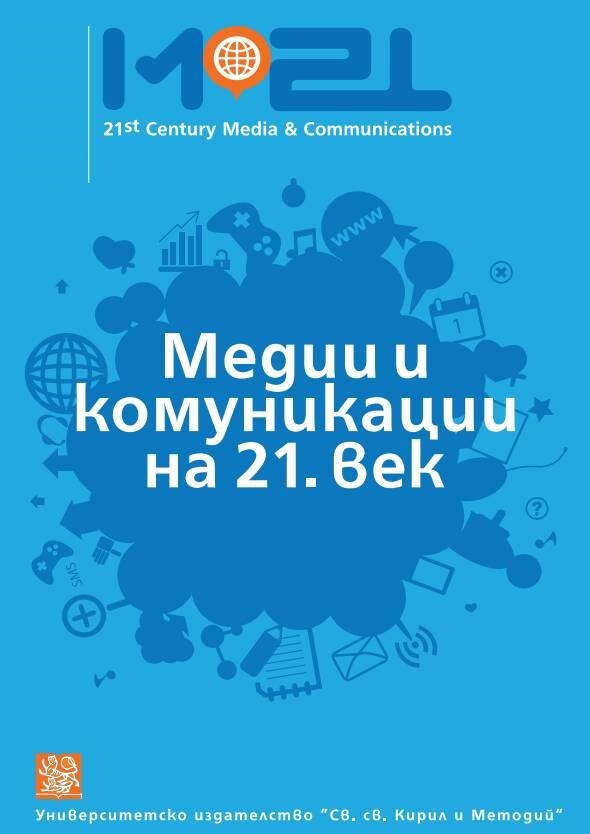13 актуални медийни бизнес модела в дигиталната епоха – поуките за България
13 Current Media Business Models in the Digital Age – the Takeaways for Bulgaria
Author(s): Ivo IndzhovSubject(s): Social Sciences, Media studies, Communication studies, Theory of Communication
Published by: Великотърновски университет „Св. св. Кирил и Методий”
Keywords: quality journalism; journalistic media; business model; public financing; state financing; advertising; paywall; individual donations; crowdfunding; media cooperation; Bulgaria
Summary/Abstract: The study seeks an answer to the current problem of the deepening global crisis of classic media business models in the digital age and the need to seek sustainable new forms of financing. This state of the journalistic media, resp. of quality journalism is the result of competition from the Internet and major online platforms, but also from acute financial crises, the most recent one caused by Covid-19. They hit the two market foundations of the media company the hardest – advertising and sales. Financially afflicted media repel citizens and are a direct threat to democracy. Weakened, they fall under external dependence, and cannot control the politicians and those in power; neither can they oppose the viral spread of misinformation and fake news on social media. The main research question is “Is it possible – and in what way – to save the media financially in the digital age?” 13 current media-financing models with an emphasis on digital media have been studied - beyond advertising, classified ads etc., which until recently ensured the well-being of the press and television. Two different media business models were also considered: taz – a successful German left-wing alternative newspaper based on cooperative ownership and a solidary model of attracting readers, and “Capital” – a Bulgarian business-oriented medium that successfully applies new forms of financing. Both editions focus on digital transition. The elements of comparison show that for several reasons the “taz model”, which provides a much more direct and emotional connection with the readership, is not applicable to Bulgaria in the medium term. The main conclusion of the study is that in order to survive in the digital age, journalistic media must have a flexible pluralistic funding model. Depending on the nature of the media, its target groups and the specifics of society, it may contain only part or a wider range of the following main sources of funding: market; state / public funding; structures of civil society and citizens.
Journal: Медии и комуникации на 21. век
- Issue Year: 4/2020
- Issue No: 1
- Page Range: 16-33
- Page Count: 18
- Language: Bulgarian

